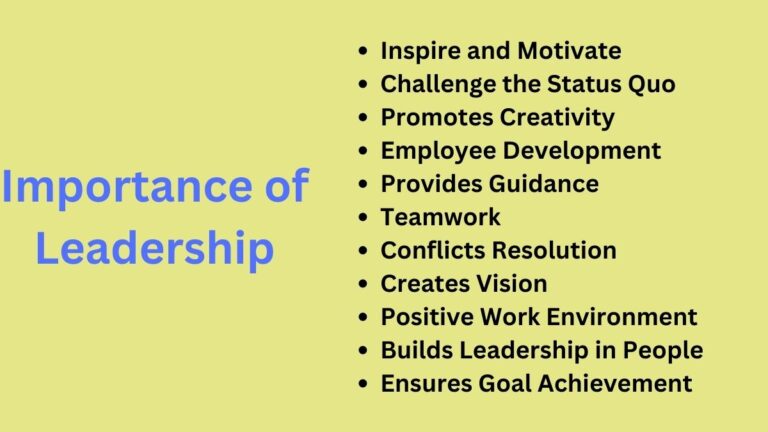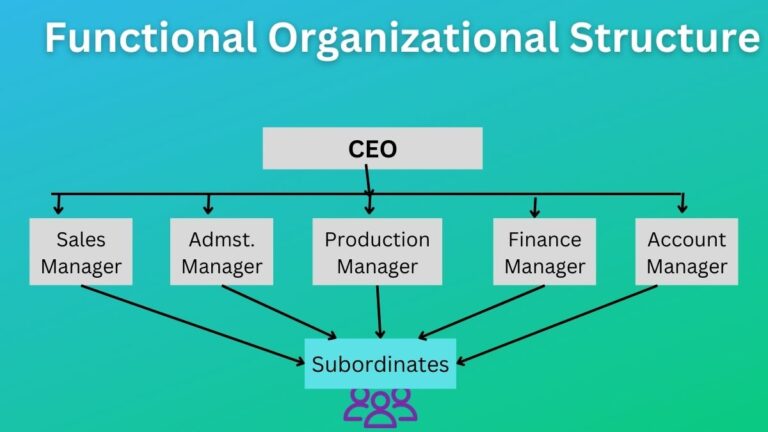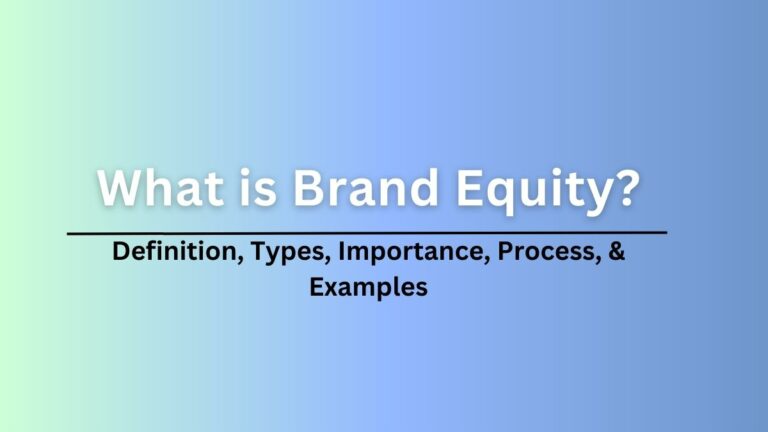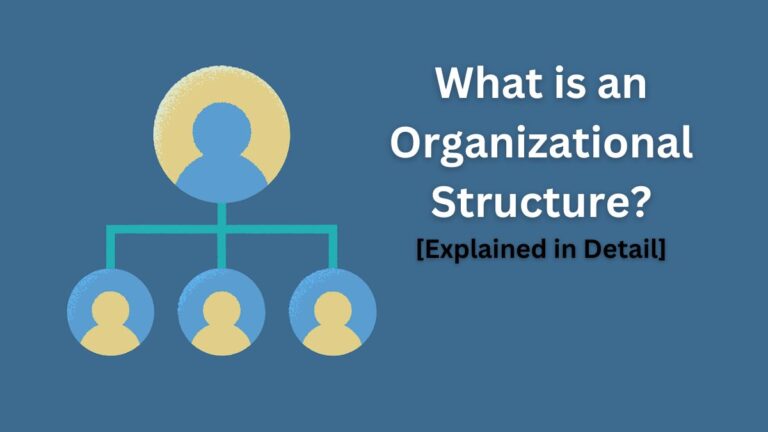How To Manage Conflict in the Organization? 13 Tips For Success
How To Manage Conflict?
Managing Conflicts: Conflict management includes resolving dysfunctional conflicts and taking advantage of constructive conflicts. To manage conflict, it is necessary to identify the types of conflicts.
Since conflicts may have both positive and negative impacts on organizational performance. Identification of sources, nature, and types of conflicts is essential.
You should employ techniques depending on the sources or nature of conflicts. Here, we discuss 13 techniques or strategies to manage conflicts that include stimulation, prevention, and resolving conflicts in the workplace.
Stimulating Conflict
The stimulating technique of managing conflict states that conflict is not always negative to organizational performance, instead when stimulated it properly generates positive results for the organization.
When employees accept passively everything as it is, there will be no creativity or emergence of new ideas and solutions. You need to create an optimal level of conflict and manage it for an optimal level of performance. The following are the strategies you can use to stimulate conflict in your organization.
Reorganizing
Changing the structure or restricting an organization is reorganizing. It entails modifying or changing the organization’s current authority structures, roles, and responsibilities. In order to recognize them in new workgroups, departments, and the reporting system, this entails dissolving previous workgroups, departments, and systems.
Related: Causes of Conflict in the Organization
The responsibility-authority connection is altered by this act, which results in decision-making power that most individuals do not want. People in the old organizational structure and those in the new structure have to deal with conflict in this way.
Communication
By using the communication strategy as well, you can also create conflicts among employees. Under this technique, managers manipulate information while communicating with employees. Threatening or ambiguous messages might be used to inspire original thought.
They occasionally give various employees a different set of facts. Very rarely do managers distort the truth in an effort to stir up conflict, but doing so runs the risk of turning employees against the boss if they discover the managers have manipulated or inflated the facts.
Encouraging Competition
One of the finest ways to promote healthy conflict between coworkers or workgroups is through competition. By offering incentives, bonuses, higher salaries, rewards for top performance, etc., the competition is raised.
This occurs as a result of attempts by one individual or group to outperform others in order to receive incentives or other types of rewards.
Bringing In Outsiders
Managers sometimes also create conflicts by bringing in people from other organizations or from the labor market. Their standards, values, and working methods may be very different from those of the current employees.
They may also have different attitudes and ideals. This fosters diversity of thought, inventiveness, and creativity. However, this can widen the divide between the organization’s current staff members and new employees.
Preventing Conflict
Preventing conflict, as its name suggests, is a technique to manage conflict in which conflicts are being controlled prior to occurring. This is the proactive approach to managing organizational conflicts where potential reasons for conflict and issues that may cause conflict are analyzed.
Related: What is Controlling?
This technique states that if we prevent or control the conflict before it happens, there will be no tension to manage it. As such, the prevention technique includes analyzing the probable factors causing conflict and solving them well in advance. The following are some techniques for preventing conflicts in the organization.
Solving the Problems Immediately
If there are any disputing parties, managers should communicate and share their points of view with them in order to resolve issues quickly. Managers need to be able to spot conflict warning signs early on. A system of open communication makes it easier to identify conflicts at an early stage.
Facts are gathered during this process, and causes are determined. The conflict is then prevented at its earliest stage by choosing an effective alternate solution.
Expansion of Resources
Limited resources like manpower, materials, machines, capital, etc. are the main causes of workplace conflict. To get the job done on time and on a desired standard it is necessary to allocate resources among different work groups and work teams.
Proper allocation of such necessary resources among all employees in time helps to minimize the chances of conflicts. This also reduces the competition that may happen when employees fight for resources for their projects.
Changing the Structural Variable
Misunderstandings in the relationships between roles, responsibilities, and authority may result in conflicts. The likelihood of a conflict is increased if roles are ambiguous and authority is restricted or unclear.
Managers need to be aware of how to create flexible structures in such circumstances. They ought to be open to restructuring the roles and adaptable enough to delegate and decentralize authority.
Altering the Human Variable
The majority of disagreements arise from a misperception of human factors, such as workgroups or work teams. These conflicts occur as a result of behavioral variances amongst members of the organization who have various roles. Therefore, it is possible to modify an employee’s attitude and conduct using behavioral tactics quickly.
Training & development, positive motivational tools, participative leadership style, refreshment, socialization, stress management workshops, meditations, etc. are useful for altering human variables in the organization.
Improving Communication System
Most workplace conflicts also arise when information is not sent or received as it should be. Misinterpretation of information results in wrong decision making and work performance decreases. As such there should be an effective communication system and a two-way communication system should highly be encouraged.
Resolving Conflict
What is resolving conflict? A strategy that intends to eliminate conflicts in the organization is called resolving conflict. Dysfunctional conflicts should be resolved or eliminated.
Conflicts that may cause negative consequences to organizational performance are called dysfunctional conflicts. Such conflict must be resolved before it goes beyond the optimal level so that it does not degrade the performance. The following are some resolving techniques to manage conflict.
Problem-Solving
Managers can resolve conflicts by addressing their underlying causes. In order to share their issues, managers must bring together parties who are at odds. It is critical to comprehend the debate over who is right and who is wrong.
Only the identification of issues and potential solutions should be discussed. After the discussion, both parties should realize their fault, and misunderstandings, and try to identify a common solution.
Smoothing
Smoothing, or decreasing conflict by emphasizing similarities through peaceful cooperation and removing misunderstandings between the conflicting parties, is another method of conflict resolution. To calm the difficult situation, the manager or any other third party should take the initiative.
The manager’s role as a facilitator requires them to identify the most shared ground between the disputing parties and work to reduce their differences.
Compromising
By leaving some unusual scope for disputes, compromising is the process of getting two opposing parties to a point of agreement. The parties bargain using the give-and-take principle in this process of negotiation.
In this, each side gains something valuable by giving up some aspect of their position. The conflict will be resolved whenever both parties accept it.
Avoidance
Conflicts can be resolved temporarily by avoiding them. It is an approach of management in which the disagreements of employees are disregarded or postponed. If the conflict is minor and attention is required for other issues this technique to manage conflict is suitable.
Sometimes some of the issues of conflict can be automatically solved even if they are ignored. However, this technique may be dangerous if the strength of the conflicting parties is overlooked.
Read Next: Techniques To Manage Teams in the Organization
Sajan Kushmi is a content writer with more than 4 years of experience. He holds BIM Degree. He write on the topics related to Management, Marketing, and Entrepreneurship.






